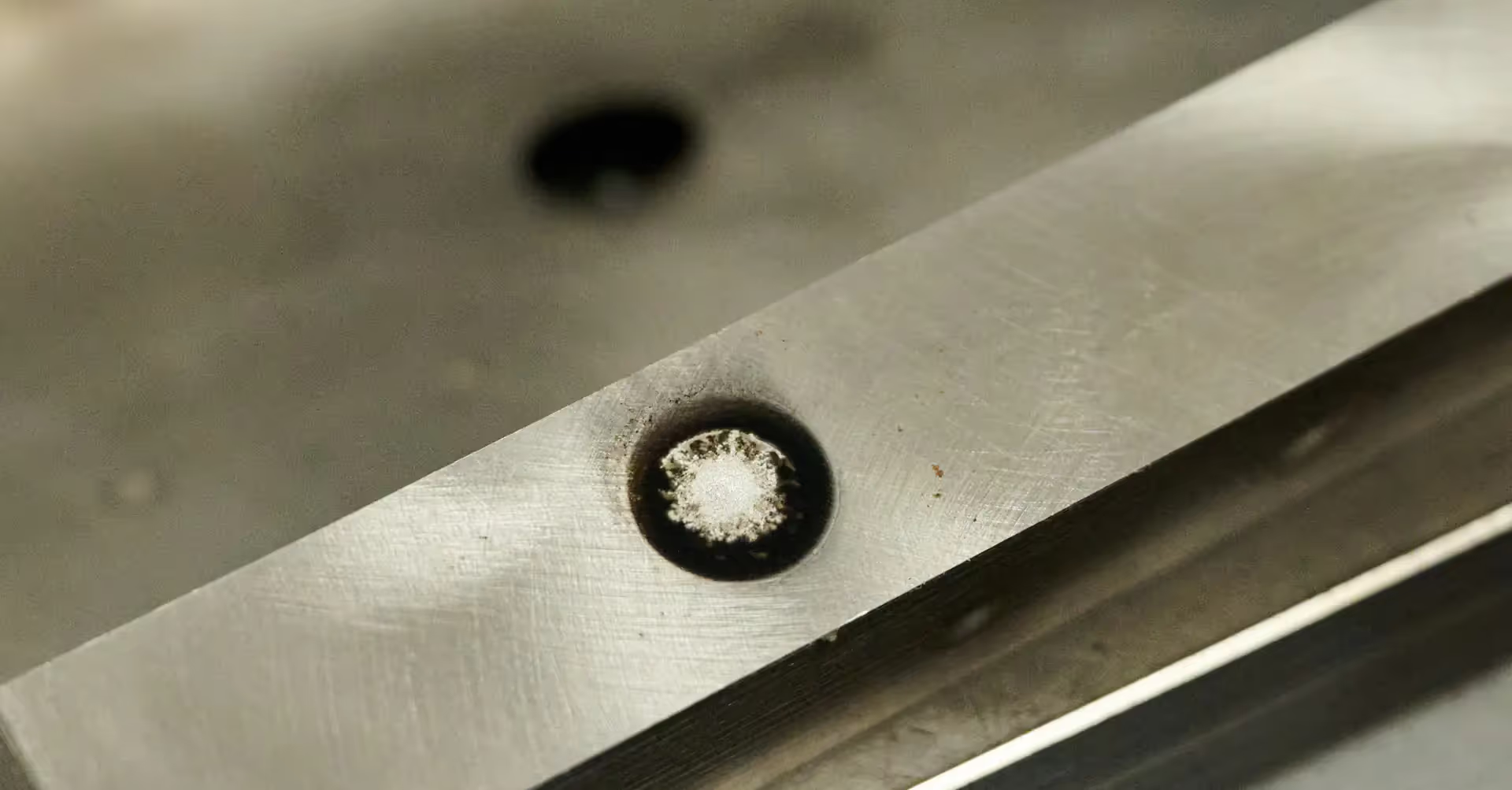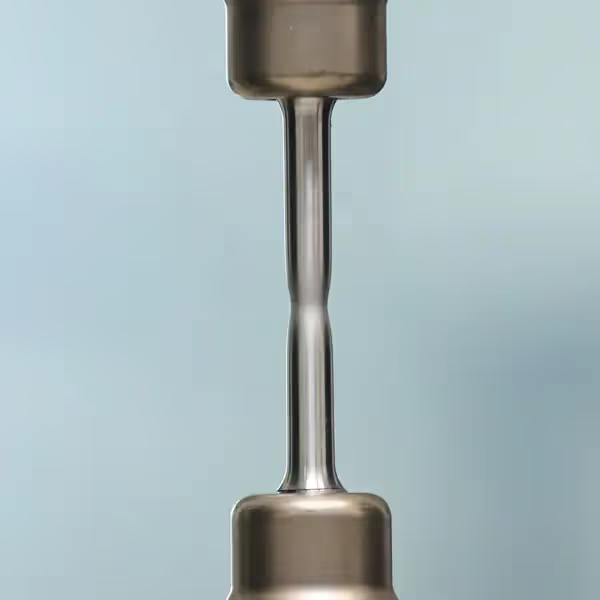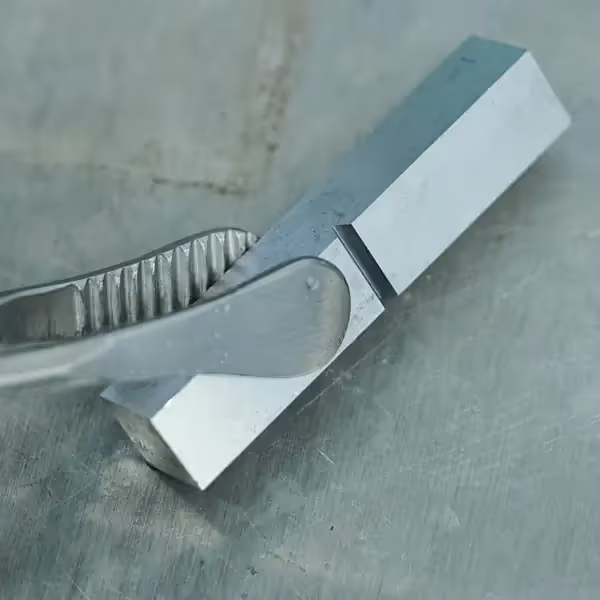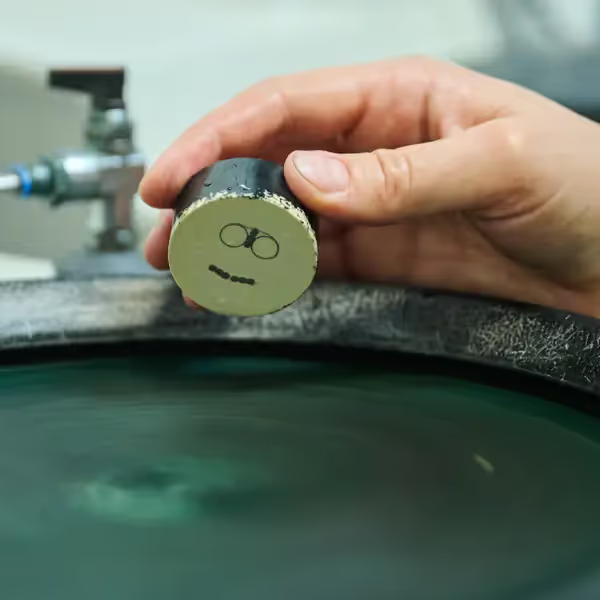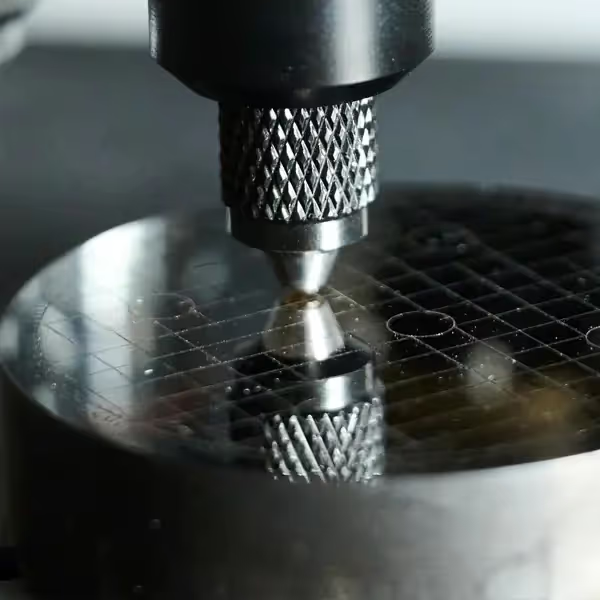How Spectral Analysis Works

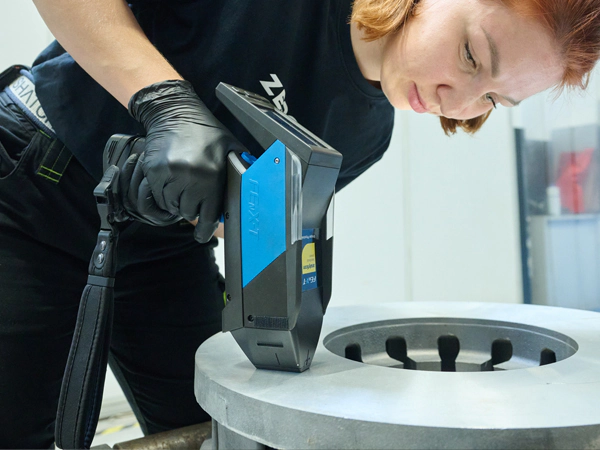
OES & XRF
Chemical analysis in the Zeros testing laboratory is based on two methods – OES and XRF – which use different approaches to determine the elemental composition of metals.
In the OES analysis, a small part of the sample surface is vaporized by an electric discharge. The resulting plasma contains the alloy elements, whose specific emission lines are measured and evaluated.
The spectrometer disperses the light using a diffraction grating into its wavelengths and measures the intensity. This determines the percentage composition of the elements.
In XRF, the sample is excited with X-rays. The characteristic radiation emitted enables precise elemental analysis – especially for alloys and coatings.
The results are digitally documented and provided in a test report.
